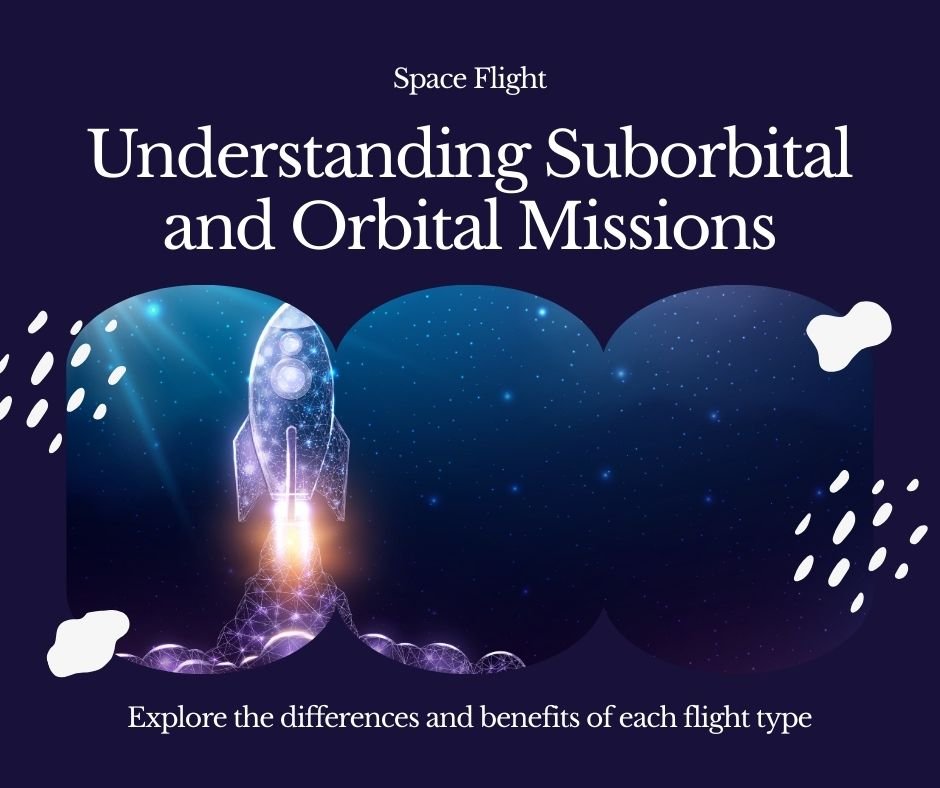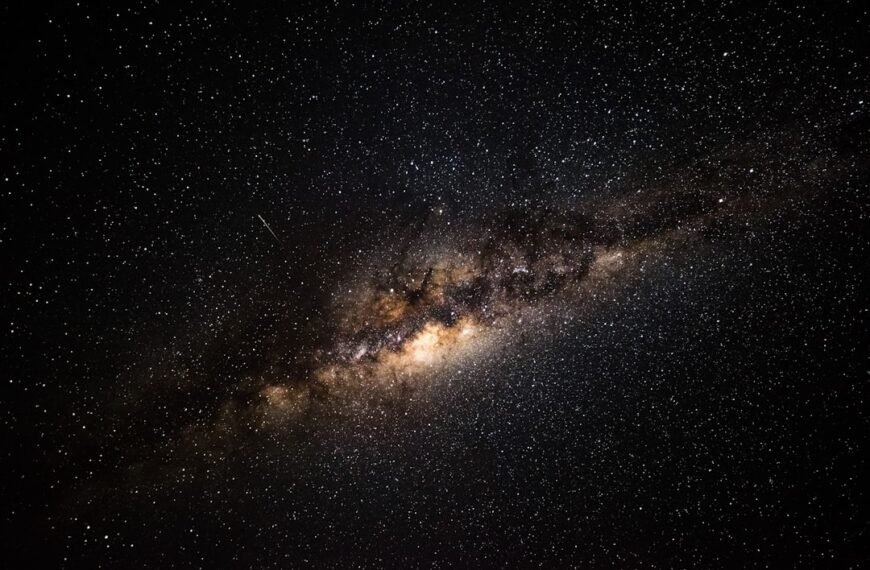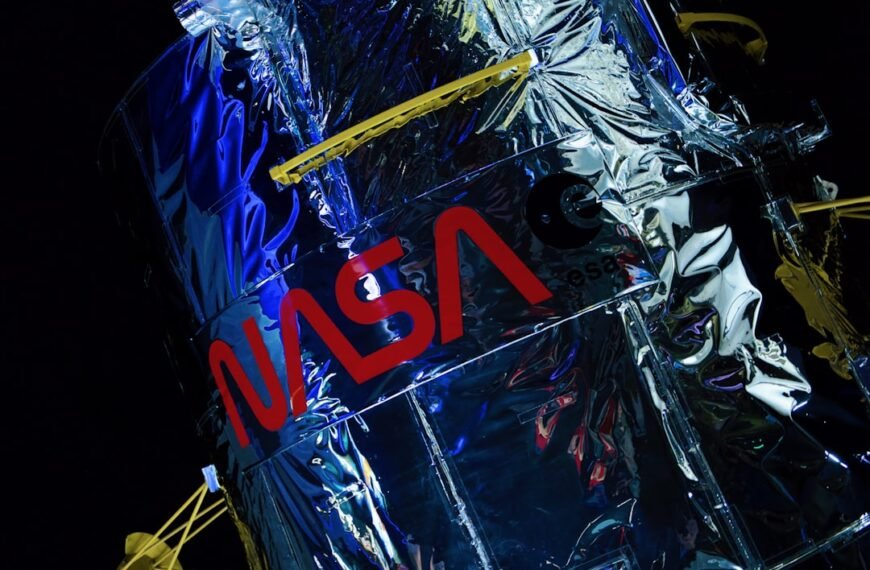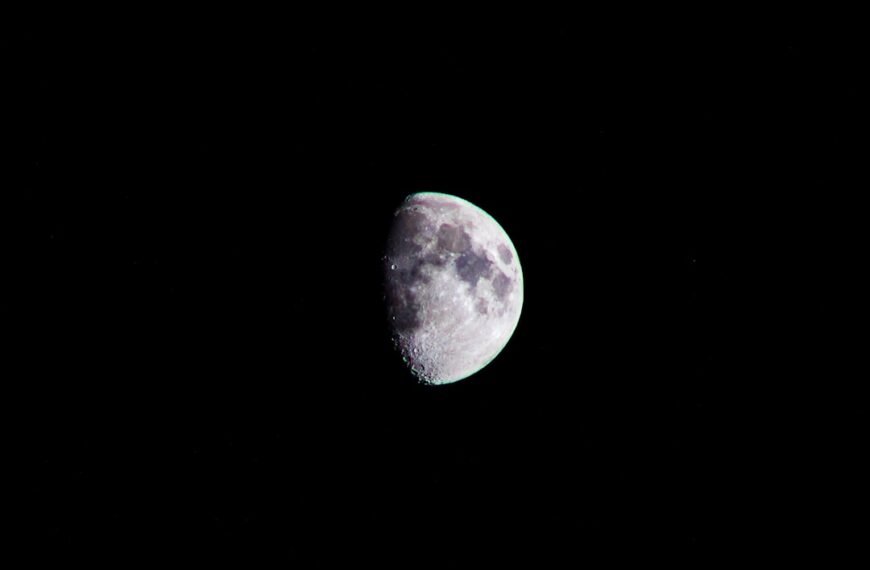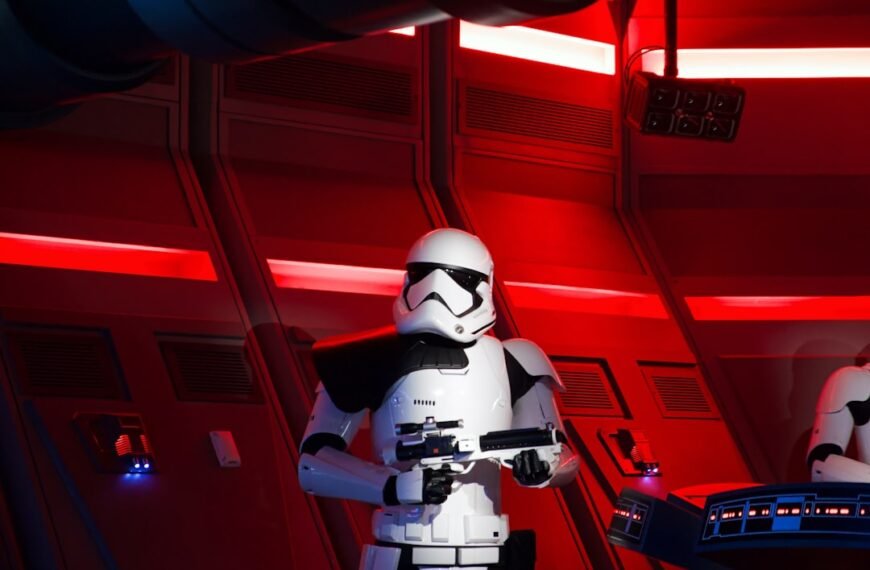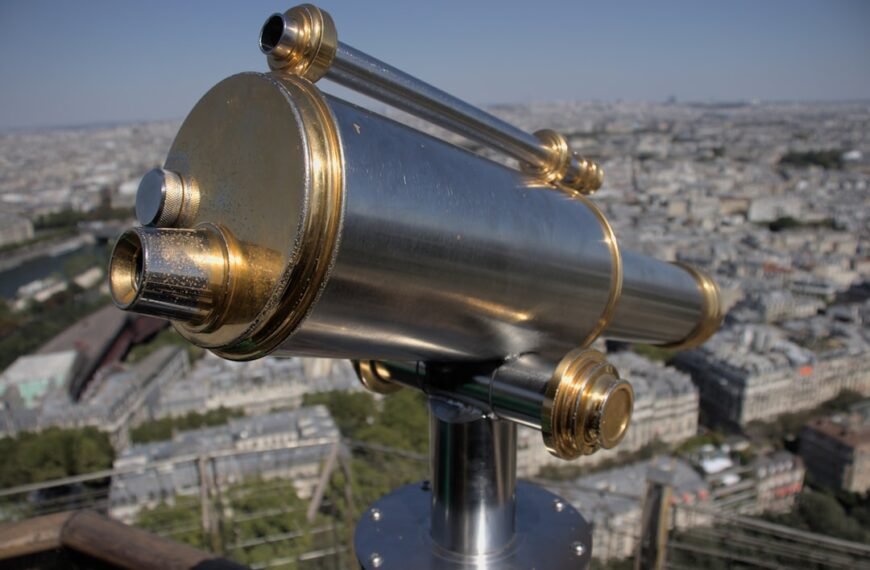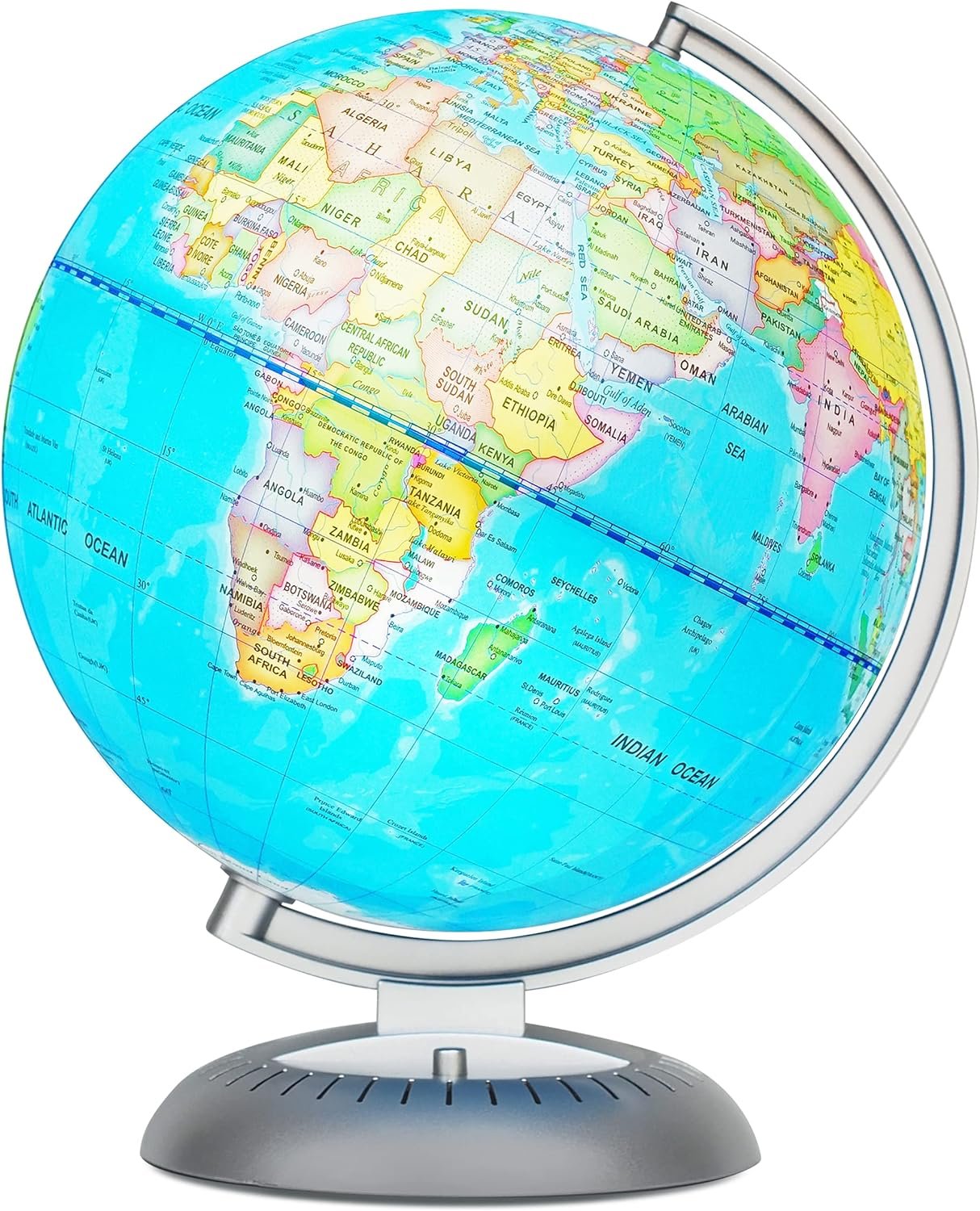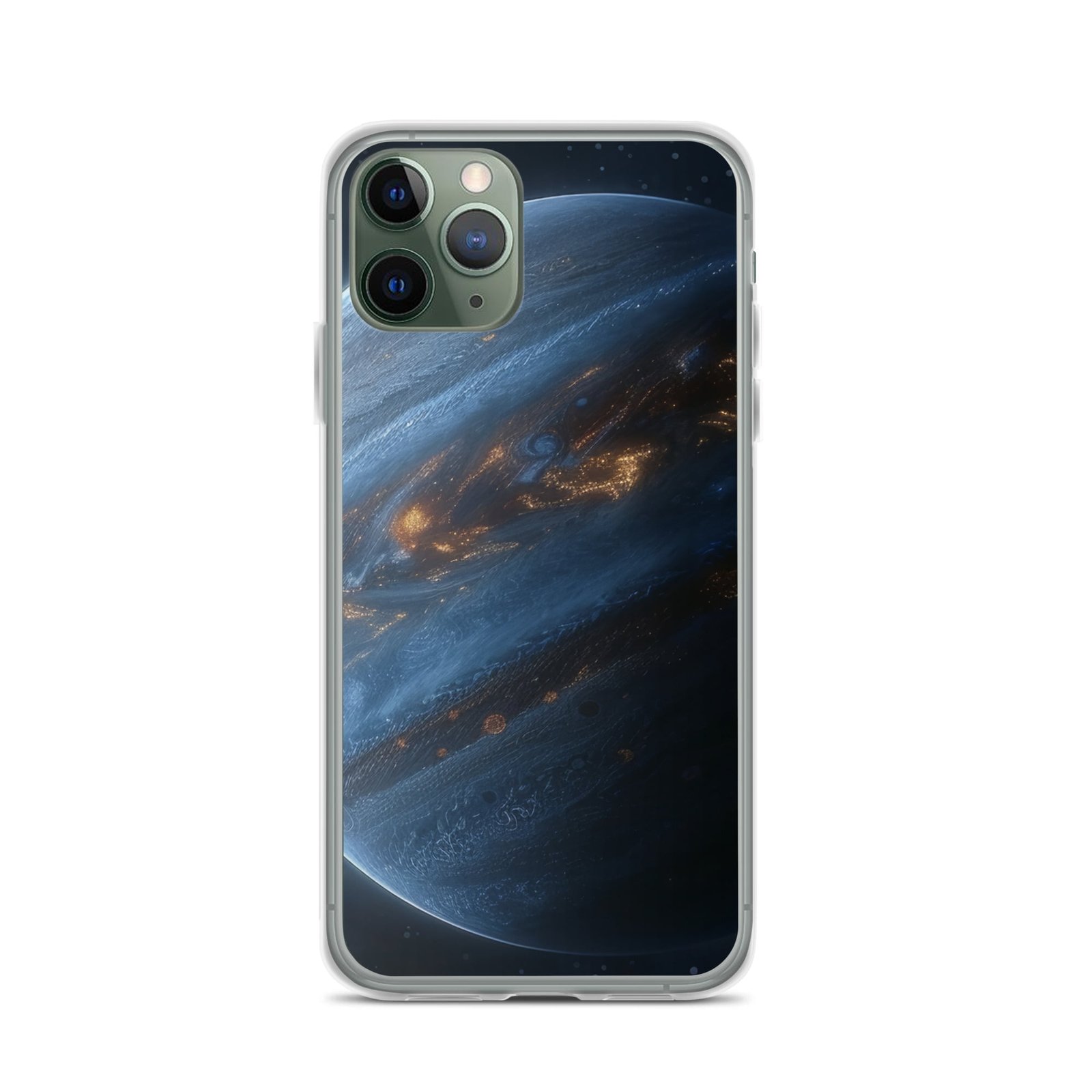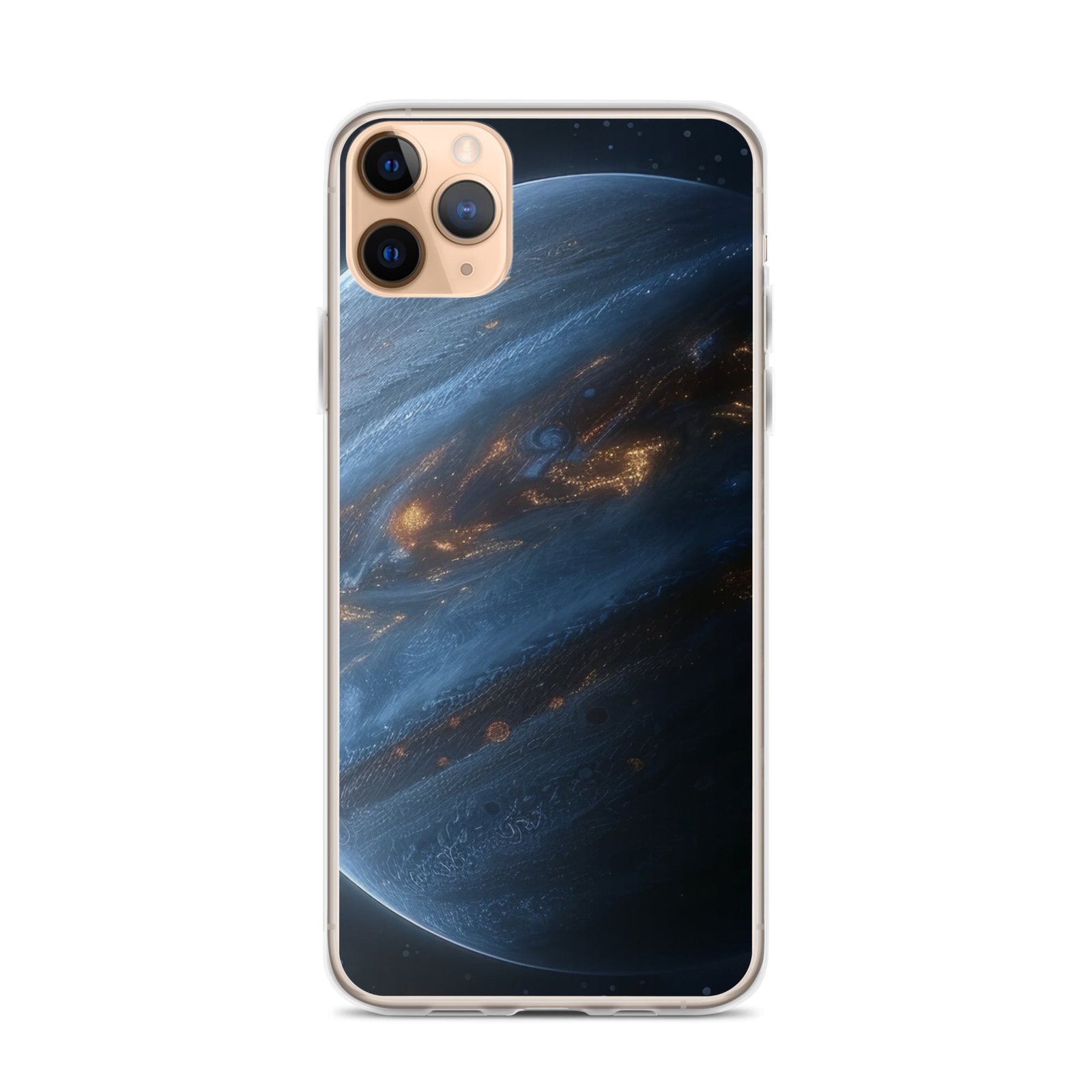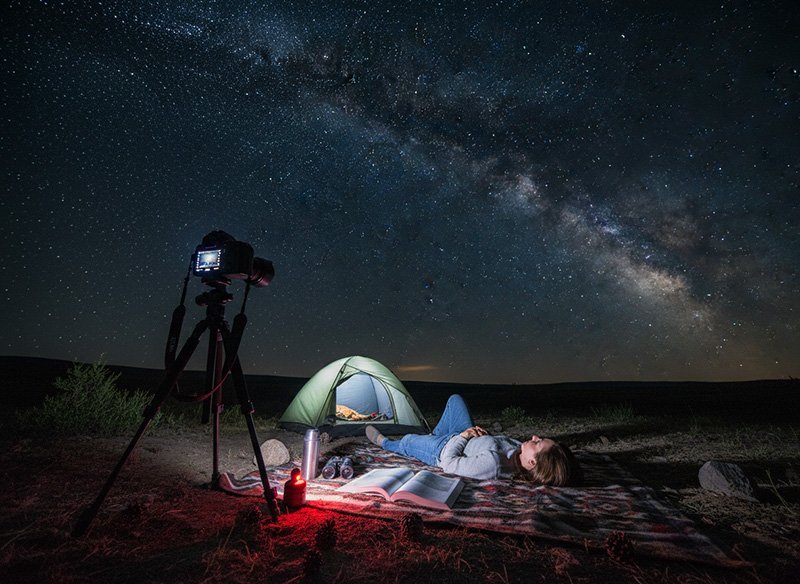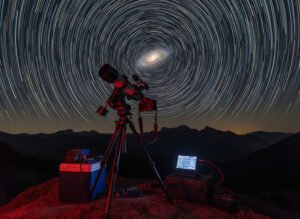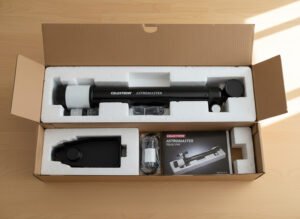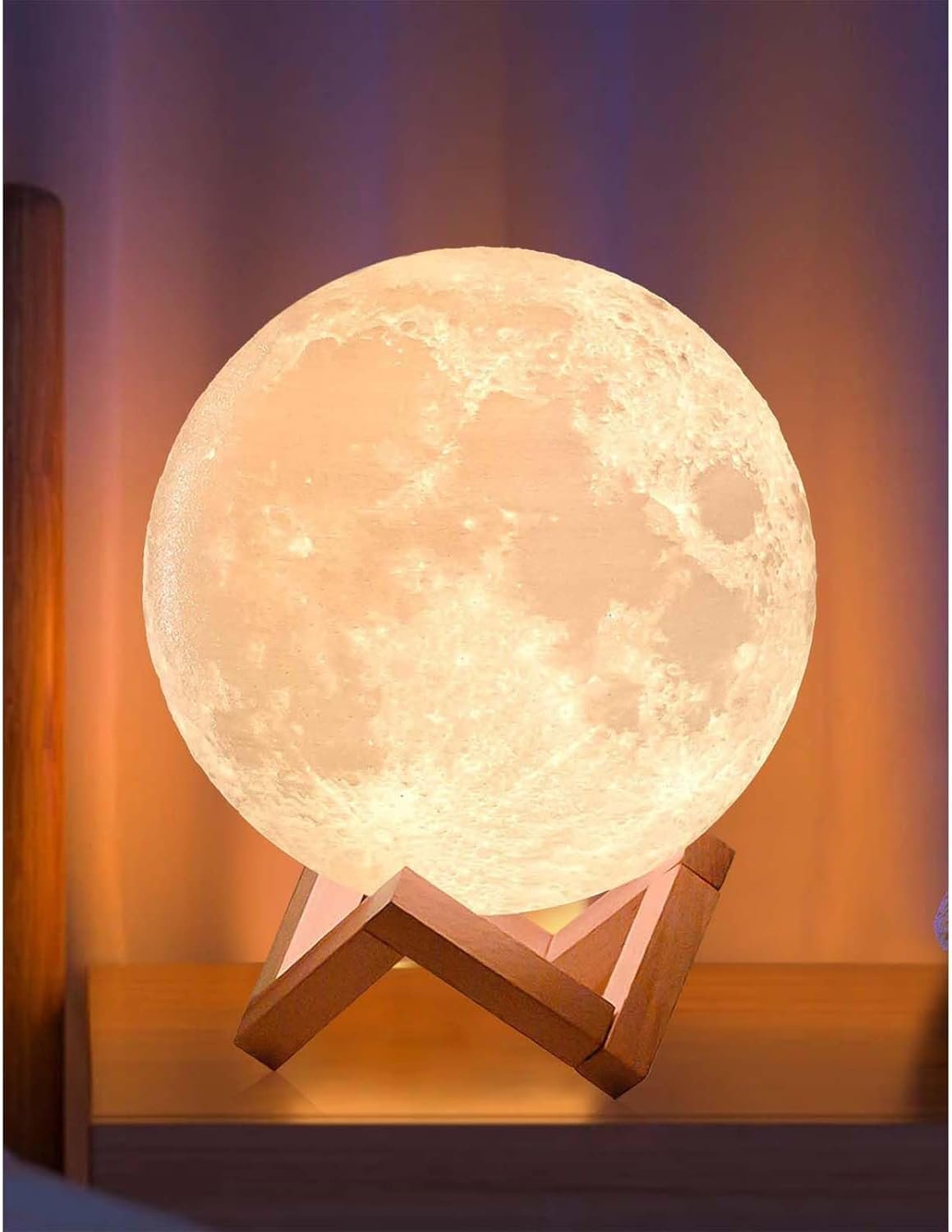Key Takeaways
- Suborbital and orbital flights differ in altitude, duration, cost, training, and overall experience.
- Suborbital flights are shorter, more affordable, and ideal for first-time space tourists.
- Orbital flights offer a full astronaut experience but require more training and a much higher budget.
- Companies like Virgin Galactic and Blue Origin focus on suborbital; SpaceX leads in orbital missions.
- Choosing between the two depends on your goals, risk tolerance, and budget.
What’s the Difference Between Suborbital and Orbital Flights?

The primary difference lies in trajectory and speed:
- Suborbital flights reach space but don’t achieve the speed needed to orbit Earth. They go up and come back down, like a high arc.
- Orbital flights travel fast enough (~28,000 km/h) to circle Earth multiple times before reentry.
Both cross the boundary of space, but the experience, cost, and complexity are vastly different.
Suborbital Spaceflights: The Edge of Space Adventure
🚀 What to Expect
- Altitude: ~85–110 km
- Duration: ~10–15 minutes in space (90 minutes total)
- Experience: Brief zero gravity, stunning Earth views, no orbit
- Companies: Virgin Galactic, Blue Origin
- Cost: $250,000–$500,000
- Training: 2–3 days of pre-flight preparation
✅ Pros
- More affordable and accessible
- Minimal training required
- Great for space tourism beginners
⚠️ Cons
- Short duration
- Limited time in zero gravity
- Less immersive than orbital travel
Orbital Flights: The Full Astronaut Experience

🛰️ What to Expect
- Altitude: ~400 km (Low Earth Orbit)
- Duration: 8–10 days
- Experience: Orbit Earth, live aboard ISS or private capsule, experience continuous microgravity
- Companies: SpaceX (with Axiom Space), Roscosmos
- Cost: $55 million+
- Training: Months of simulations, medical checks, and mission prep
✅ Pros
- True astronaut-style mission
- Extended time in space
- Sunrise and sunset views every 90 minutes
⚠️ Cons
- Expensive and limited seats
- Intensive training commitment
- Higher physical and mental demands
Quick Comparison Table
| Feature | Suborbital Flight | Orbital Flight |
|---|---|---|
| Altitude | ~85–110 km | ~400 km |
| Duration | ~10–15 minutes in space | 8–10 days |
| Cost | $250k–$500k | $55M+ |
| Providers | Virgin Galactic, Blue Origin | SpaceX, Roscosmos, Axiom |
| Training Time | 2–3 days | Several weeks/months |
| Weightlessness | 3–5 minutes | Continuous |
| Risk Level | Low to moderate | Moderate to high |
| Ideal For | First-time tourists, short trips | Serious adventurers, professionals |
Which Should You Choose?

Ask yourself:
- What’s my budget?
- Do I want a quick thrill or a deep-dive space experience?
- Can I commit to extensive training and health evaluations?
- Am I seeking a sense of adventure or astronaut-level immersion?
If you’re new to space travel and want a bucket-list adventure, a suborbital flight is a perfect entry point.
If you’re ready for the ultimate journey—and have the time and budget—an orbital mission offers unparalleled access to life in space.
Final Thoughts
Suborbital and orbital flights represent two ends of the commercial space tourism spectrum. Each offers a unique perspective on Earth and a life-changing sense of wonder.
Whether you’re chasing a short burst of zero gravity or planning to orbit the planet, space is now closer than ever.

